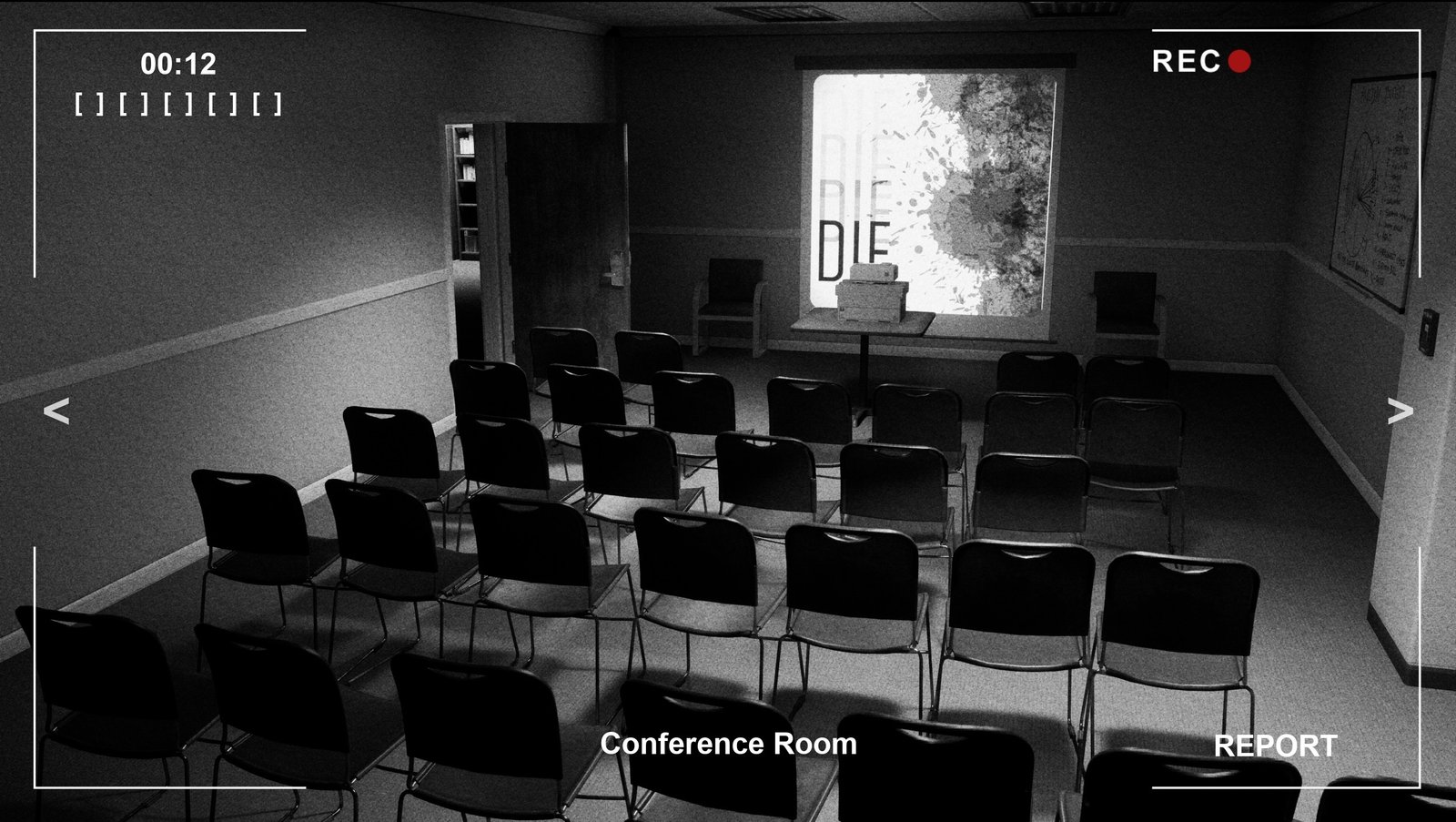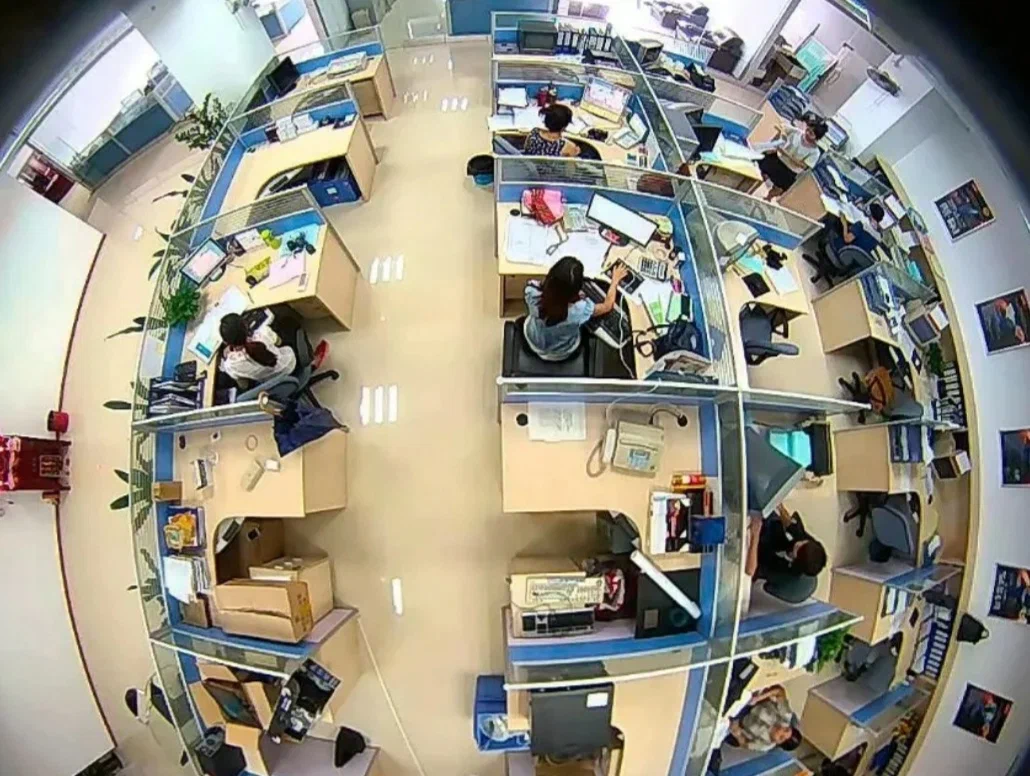What is the Best Height for Security Cameras?
Best Height for Security Cameras to Enhance Protection
When installing surveillance systems, many factors impact their effectiveness: camera resolution, field of view, and angle placement. However, one critical factor often overlooked is camera height. Installing security cameras at the ideal height taking into account factors like surveillance camera size ensures optimal coverage and minimizes blind spots, whether in residential or commercial setups. This article provides comprehensive guidance on the best height for security cameras and how it affects their functionality, along with expert tips to help you maximize your investment in safety.
Why Camera Height Matters in Surveillance
The height of a security camera is critical for several reasons:
- Optimal Coverage: Proper height ensures the camera captures the widest area possible without sacrificing image quality or missing essential details.
- Deterrent Factor: Visible but out-of-reach cameras serve as a strong deterrent to intruders, who may avoid the property if they know they’re being watched.
- Vandalism Protection: Placing cameras out of easy reach reduces the risk of tampering and vandalism, keeping the equipment safe.
- Enhanced Image Quality: When installed at the correct height, cameras capture facial features and other essential details that aid in identification and evidence collection.
Recommended Camera Heights for Different Settings
Different environments have varying security needs and require specific camera heights to ensure maximum effectiveness. Below are recommended heights for different types of spaces:
1. Residential Properties
For homes, placing cameras at a height of 8-10 feet is ideal. This height provides a balance between capturing high-resolution images and reducing the risk of tampering. Cameras placed at this height are effective for monitoring entry points like doors, windows, and driveways.
2. Commercial Buildings and Warehouses
In larger commercial spaces, such as warehouses, cameras are best positioned between 10-15 feet high. This height allows for a broader view of open spaces and prevents individuals from tampering with them. When monitoring large areas, it’s also beneficial to use PTZ (pan-tilt-zoom) cameras to adjust the focus and zoom in on specific areas as needed.
3. Public Spaces and Outdoor Areas
For outdoor areas, such as parking lots or sidewalks, 15-20 feet is often the recommended height. This height ensures wide coverage of the area without compromising detail in captured footage. Additionally, installing cameras at this height minimizes environmental obstructions like parked cars or shrubs.
Important Factors Influencing Camera Height

Several factors influence the optimal height of a surveillance camera. Below are key considerations:
- Field of View: The angle of the camera defines its coverage area. A camera with a wide-angle lens may require a slightly lower installation height to capture sufficient detail.
- Camera Type: Dome cameras, bullet cameras, and PTZ cameras each have different focal ranges and positioning requirements. PTZ cameras, for example, may be positioned higher due to their ability to tilt and zoom.
- Location Vulnerability: Entry points like doors and windows should have cameras at lower heights for detailed views, whereas open areas require higher installation points.
- Lighting Conditions: Proper lighting ensures image clarity. When choosing height, consider natural and artificial light sources that could impact camera visibility.
How to Determine the Right Height for Your Camera System
Here’s a step-by-step guide to help you determine the ideal height for installing your security cameras:
Step 1: Assess the Area’s Layout
Map out the areas you want to monitor and identify entry points, open spaces, and any specific locations requiring surveillance. Make note of areas where intruders are most likely to enter.
Step 2: Determine Camera Housing Size and Type
Consider the Camera Housing Size and type based on the area’s layout. Larger cameras with more powerful zoom may need to be installed at a higher elevation, while smaller, wide-angle cameras are better suited to lower positions.
Step 3: Test Coverage at Different Heights
Place the camera at various heights and test the coverage area. For indoor spaces, heights between 8-10 feet are usually effective. Outdoors, consider heights between 15-20 feet, depending on obstacles and distance.
Step 4: Consider Angle Adjustments
Position cameras at an angle that provides a clear view without distortions. Slightly tilting the camera downwards at the recommended height helps capture faces and relevant details while reducing blind spots.
Avoid These Common Mistakes in Security Camera Installation
Here are common mistakes to avoid when positioning security cameras for effective surveillance:
- Installing Cameras Too Low: Low-mounted cameras are more accessible and prone to vandalism or tampering. They also have a narrower field of view, which limits their coverage.
- Ignoring Obstacles: Trees, walls, or architectural features can obstruct the camera’s view. Choose an elevation that avoids obstacles and provides a clear line of sight.
- Overlooking Light Sources: Avoid placing cameras in direct sunlight or near reflective surfaces, as this can cause glare and impair image quality.
- Using the Wrong Size of Security Camera: Large, long-range cameras require higher installations, while smaller cameras are more versatile in their placement.
Benefits of Proper Camera Height
Installing security cameras at the right height provides numerous advantages:
- Enhanced Detail Capture: Correctly positioned cameras capture better facial features, vehicle license plates, and identifying characteristics.
- Reduced Blind Spots: Blind spots can be minimized, allowing full surveillance of crucial areas.
- Higher Tamper Resistance: Cameras positioned out of reach are less vulnerable to vandalism and interference.
- Better Evidence Collection: Properly positioned cameras offer more reliable footage for law enforcement and insurance claims.
Advanced Tips for Optimal Security Camera Placement
- Use Dummy Cameras for Extra Deterrence: Installing fake cameras at visible points alongside real cameras increases the perceived security presence.
- Utilize Weatherproof Cameras Outdoors: Outdoor cameras should be weatherproof and installed in sheltered locations to protect from extreme conditions.
- Implement Overlapping Views: Install multiple cameras with overlapping fields of view to cover blind spots and ensure no area is left unmonitored.
- Employ Motion Detection Features: Modern cameras with motion detection can automatically adjust angles or record only when motion is detected, reducing storage use and enhancing security.
- Regular Maintenance: Clean lenses and check for wear-and-tear, especially for outdoor cameras that are more exposed to dust and elements.

Frequently Asked Questions (FAQs)
- What is the ideal height for a security camera in a home?
For home settings, cameras installed at 8-10 feet high provide optimal coverage while minimizing the risk of tampering.
- How high should I install outdoor cameras?
Outdoor cameras are best positioned between 15-20 feet to capture broad areas like driveways, parking lots, and outdoor entries effectively.
- What height is suitable for a commercial surveillance camera?
For commercial properties, placing cameras between 10-15 feet allows for efficient monitoring of large indoor spaces while keeping the devices secure from vandalism.
- Does the type of camera affect the installation height?
Yes, camera type significantly influences installation height. PTZ cameras can be installed higher due to their zoom and tilt capabilities, while bullet and dome cameras have specific range limits.
- How can I protect my security cameras from tampering?
Installing cameras out of reach and using protective casings are effective ways to safeguard against tampering and vandalism. - Should I use large or small surveillance cameras for outdoor areas?
The Surveillance Camera Size matters for coverage and installation height. Large, long-range cameras suit high placements for outdoor areas, while smaller cameras are versatile in placement.
- Can I use indoor cameras for outdoor surveillance?
No, indoor cameras lack the necessary weatherproofing to withstand outdoor elements. Outdoor-specific cameras are designed to handle environmental factors like rain and extreme temperatures.
- Do I need a wide-angle lens for higher installations?
Wide-angle lenses enhance coverage and are beneficial when cameras are installed at higher points, as they capture broader areas and reduce blind spots.
- How often should I clean my security camera lenses?
Regular cleaning, at least every few months, ensures clear image quality, especially for outdoor cameras exposed to dust and debris
- Will camera height impact image resolution?
Camera height itself does not affect resolution, but improper height may result in unclear images. Proper height and angle ensure optimal detail capture.
Conclusion
Achieving optimal security requires a well-planned setup, and camera height plays a pivotal role in ensuring effective surveillance. By assessing each area’s needs, choosing the correct Surveillance Camera Size, and carefully selecting installation heights, you can create a robust security system that deters intruders, captures clear footage, and reduces blind spots. For expert guidance on security camera installations, call +1 832 988 6967 or visit us at 15731 Brookwood Lake Place, Sugarland, Texas.





